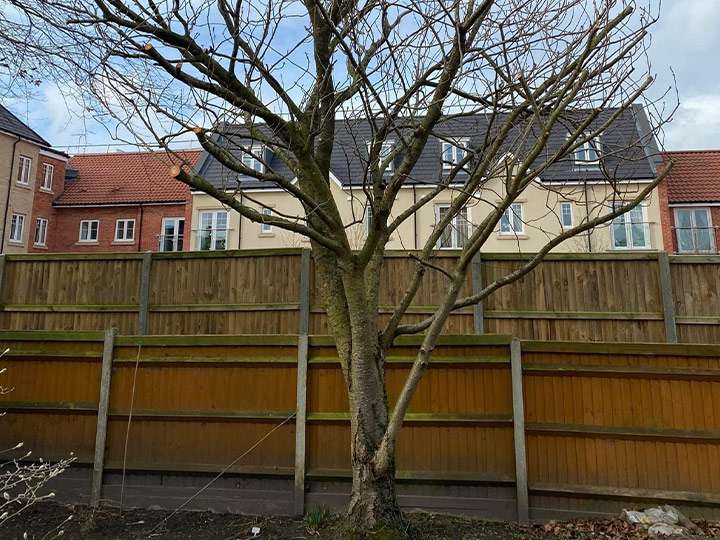Tree Pruning
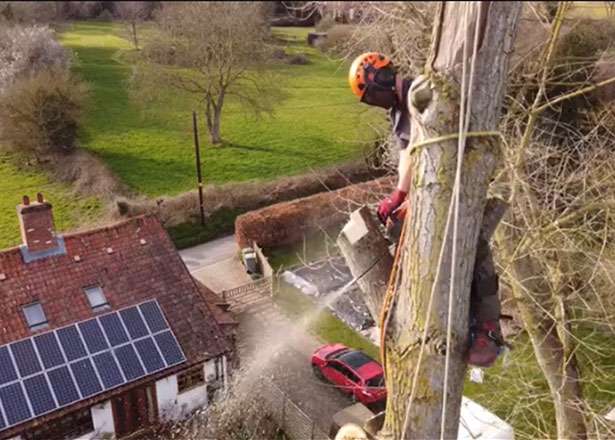
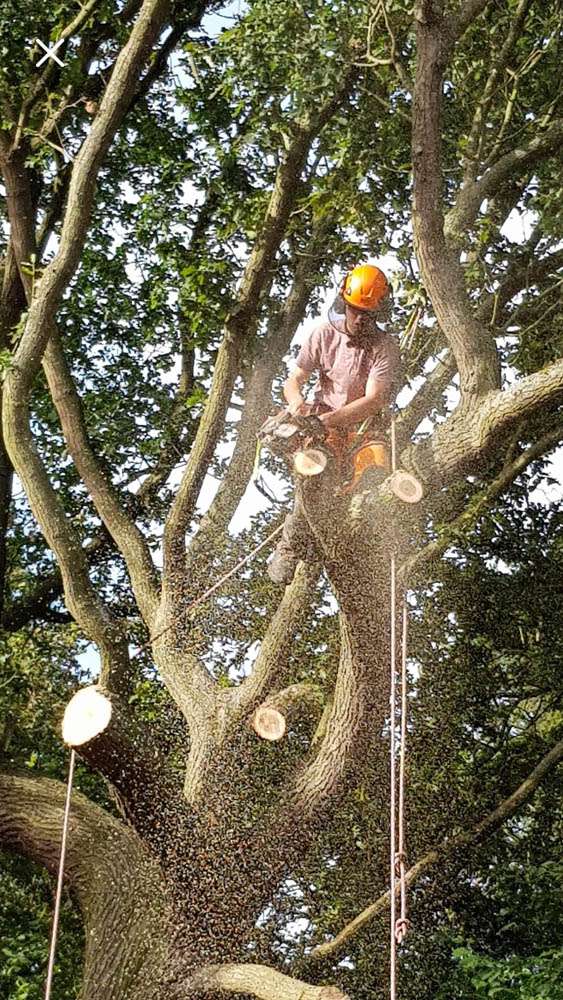
Our Work
We use several terms when it comes to tree pruning and maintenance.
Our work is carried out to British standard recommendations for tree work (BS3998). Listed below are common practices we often refer to.
Contact Us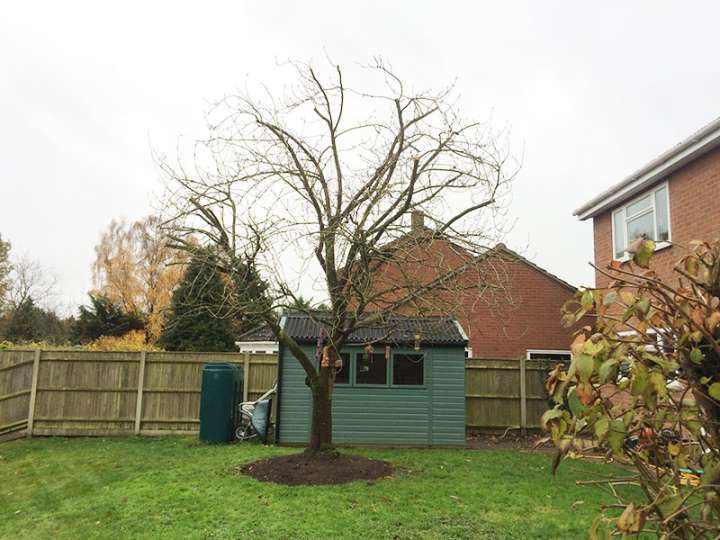
Crown lifting
If you wish to increase the ground clearance between the ground and the trees canopy, then we would either remove branches of the lower canopy or cut them back to a suitable growth point. Usually this would be done to achieve a better clearance of branches from buildings, footpaths or highways.
Crown thinning
Thinning the canopy of a tree increases the amount of light and wind/air movement through the tree. Crossing branches that rub or cross other branches are selected and removed. This will improve the tree’s structure and allow better air movement and allow more light through the tree’s canopy to the ground beneath it.
Dead wooding and crown cleaning
It is perfectly natural for a tree to have multiple small dead branches amongst its canopy. Whilst deadwood can be very beneficial for insects and birds, it can also become a hazard to anything beneath it.
As it becomes more brittle over time, the chances of it snapping off and falling particularly in high winds increases.
Therefor if a tree overhangs any potential targets or regularly used areas by land users or members of the public it would be beneficial to have the crown inspected and removed of any large pieces of deadwood.

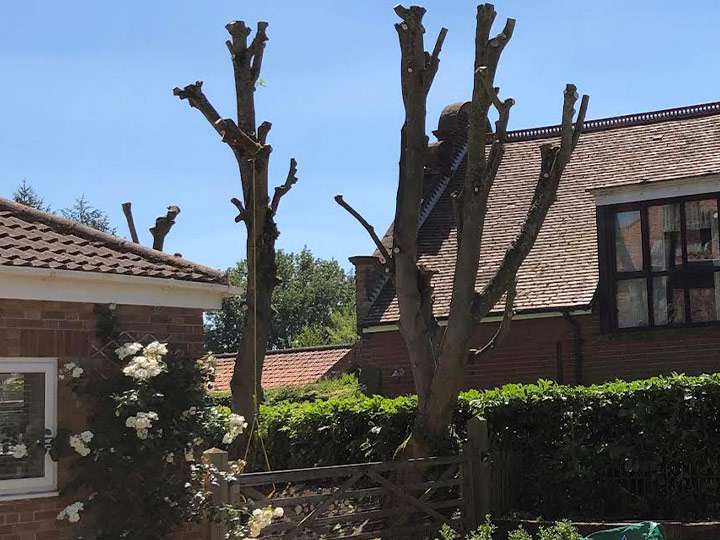
Pollarding
Pollarding is a historic technique which was used to harvest as much timber from a tree but leaving the main trunk high enough so new growth would regenerate but out of the reach of grazing farm animals and wildlife.
Today pollarding is a common practise on certain tree species to stop them from out growing their location. Once a tree has been pollarded, it should be repeated every 5-20 years depending on the species.
It is important however to not let the cycle lapse and let the tree get too big as this could cause the tree to fail and even die.
Coppicing
Coppicing is a long-established woodland management technique. This is where young trees are cut down to a high stump, also known as a stool.
The timber can be harvested, and new young growth will grow back. This method can suit some tree species from out growing their space and keeping them at a manageable size.
Crown Reduction
This is an effective technique to reduce a tree’s height and spread. However, it depends on the tree’s species as to exactly how much can be taken off. Branch tips are removed and pruned lower down to a suitable, healthy growth point, whilst keeping the trees natural shape.
